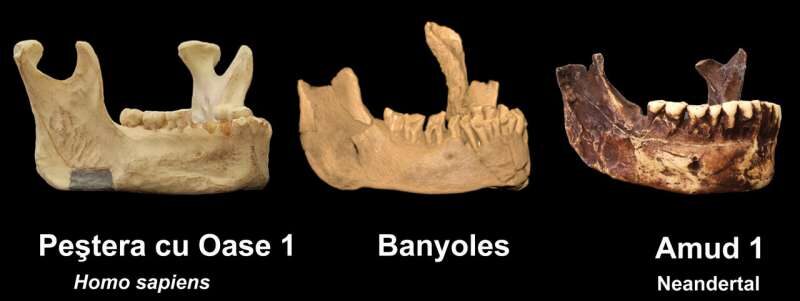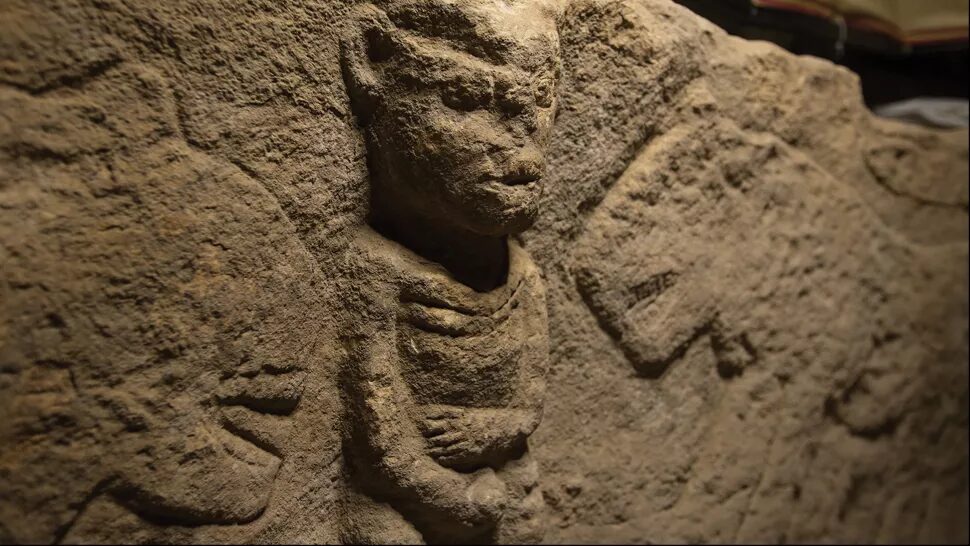OF THE
TIMES
But new research suggests the palm-sized plaques decorated in geometric patterns and with two engraved circles at the top might be the work of children.
Numbering in the thousands and made from slate, the owl-like objects — previously dated the stone objects to be between 5,500 and 4,750 years old — may be "the archaeological trace of playful and learning activities carried out by youngsters," according to the team of Spanish researchers behind the new study...
They suggest kids would have been able to easily engrave slate using pointed tools made of flint, quartz, or copper, creating 'body' patterns that emulate the streaked plumage of owls, and the circles for eyes are unmistakably owl-like, casting an unwavering stare straight at the observer.
The "owliness" of the designs is comparable to the drawing skills of modern school children who depict owls in much the same way.
Clare Watson, "Thousands of Mysterious 'owl' stones may be the work of ancient children" — Science Alert (December 7, 2022) The paper is open access.

"The United States still essentially occupies Germany, Japan, the Republic of Korea, and other countries. At the same time, it cynically calls them equal allies... What kind of cooperation is that?"This question was posed by Russian President Vladimir Putin during his speech in the Kremlin on September 30, 2022, when agreements on the entry of the new regions into the Russian Federation were signed.


Comment: See also:
- Secrets of the exceptional diatretic vase revealed, recently discovered at 4th century Paleo-Christian necropolis in Autun, France
- "Once in a lifetime" 1300-year-old gemstone necklace discovered in England may have belonged to high status Christian woman
- Sheela-na-gigs: The naked women adorning Britain's churches
- Ireland's high crosses: Medieval religion, art and engineering
- Strasbourg Cathedral's secreted stained glass astronomical clock illuminates each equinox
- 1,400 years ago Bamburgh Castle was center of 'Northumbrian enlightenment', hosting visitors from as far as North Africa
And check out SOTT radio's: